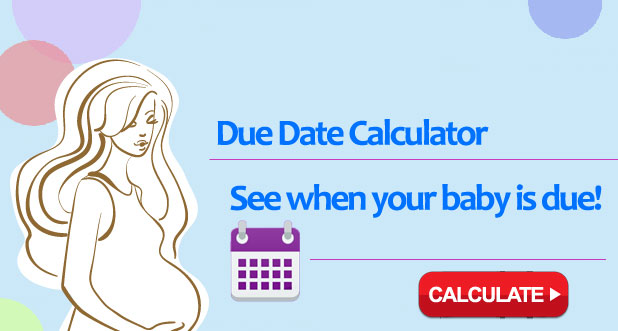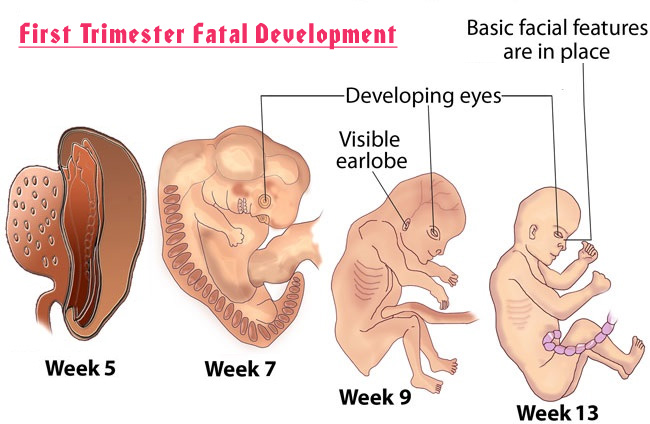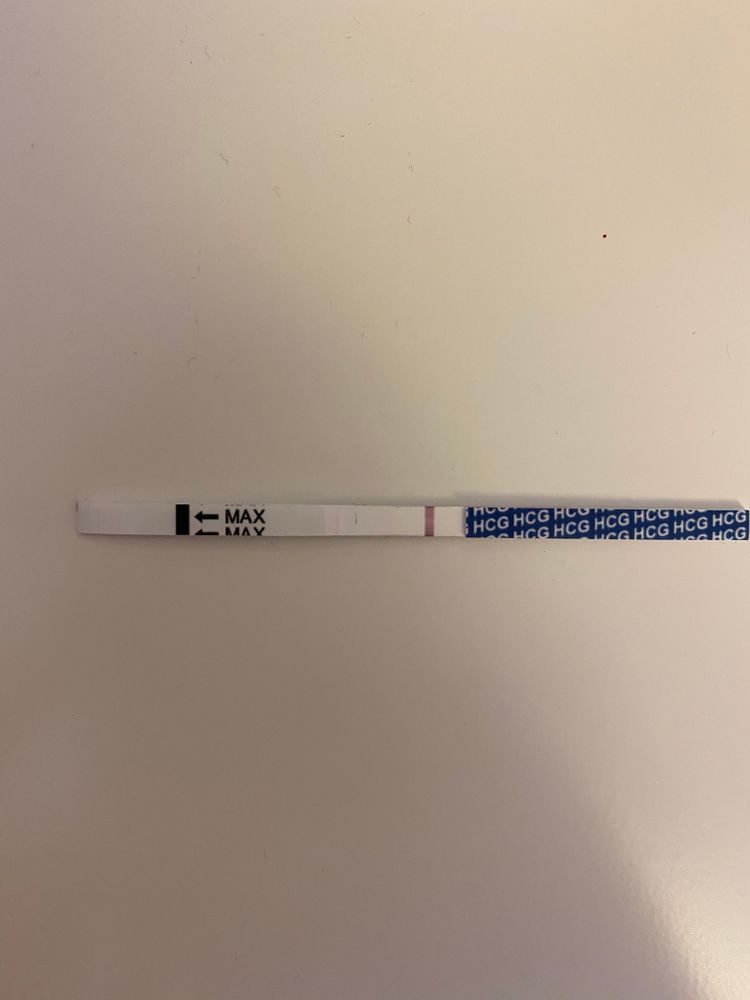Baby birthday conception calculator
Reverse Ovulation/Fertilization and then Conception Calculator
Enter the day your baby was born and at how weeks of pregnancy the delivery was, and we will automatically calculate a range of dates when sex likely happened, when the baby was conceived, and the implantation date range.
Improve your fertility and get pregnant faster
Obie is your reproductive health coach, helping you reach your goal with expert personalized guidance.
Download app
Not an iOS user? Sign up to be the first to know about Obie for Android.
How is the date of ovulation/fertilization calculated?The fertilization of the egg by the sperm usually happens on the day of ovulation, about 266 days before the due date and the due date is calculated 266 days after ovulation and fertilization. The last menstrual period usually happens about 14 days before ovulation, so the due date is calculated 280 days after the first day of the last menstrual period.
How does pregnancy occur?
There are three primary steps in a pregnancy: ovulation, fertilization, and conception/ implantation. Ovulation is the first step, the ejection of a mature egg from the ovary. Fertilization occurs when the sperm penetrates the egg. Finally, implantation is when the embryo attaches to the uterus, which is the day of conception. That is usually the day when most people consider pregnancy to begin
What happens during ovulation?
Every month, one of your ovaries has immature eggs that begin to develop in what are called follicles. Usually one of these follicles will begin to mature and the others will stop growing and eventually degenerate. Eventually, the follicle matures and releases the egg from the ovary. This is ovulation and it typically occurs approximately two weeks prior to your menstrual period. For about twenty-four hours after ovulation, the egg can be fertilized.
Finding out when and if you ovulate is one of the most important factors when trying to get pregnant. If you don't ovulate, you can't get pregnant.
If you don't ovulate, you can't get pregnant.
What happens during fertilization?
For fertilization to occur sperm must first be introduced to the egg and must then penetrate the egg. After the sperm enters the egg, the coating around the egg is altered to keep other sperm from also penetrating the egg. It is at this moment that the genetic makeup of the baby is determined, including the sex. Because the mother is only able to provide an X chromosome, the father must provide a Y chromosome if the baby is going to be a boy. If the father also provides an X chromosome, the baby will be a girl.
What is implantation?
Within twenty-four hours after the egg has been fertilized, it will begin dividing and will continue to do so as it makes its way through the fallopian tube and into the uterus. The fertilized egg will become a solid ball of cells and then a hollow ball of cells and an embryo. At this point it will shed its protective coating and hormones will be released by your body to help it attach to your uterus.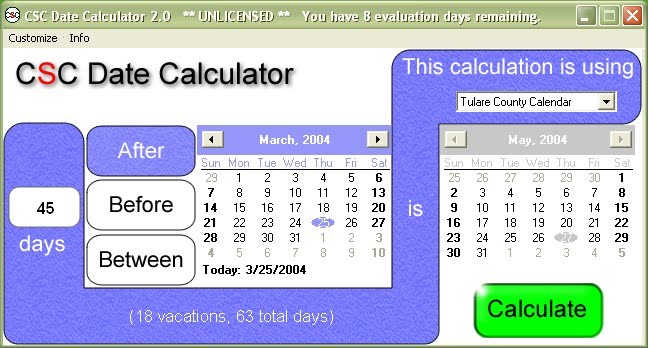 When the embryo attaches to your uterus you may have some slight bleeding. This is known as implantation bleeding.
When the embryo attaches to your uterus you may have some slight bleeding. This is known as implantation bleeding.
Read More:
Due Date Calculator
Ovulation Calendar
Ten Tips to Get Pregnant Faster
Calculate your due date: How to find your baby's due date
Choose a calculation method Last periodConception dateI know my due date
First day of my last period
BabyCenter's Due Date Calculator
Use our pregnancy due date calculator by plugging in either the date of your last menstrual cycle or the date you know you conceived. The calculator will do the rest.
How is my due date calculated?
There are several ways your due date is determined. If you happen to know the day you conceived, you can count 38 weeks from that day to find your due date. (Human gestation takes about 38 weeks.)
But very few expectant moms know exactly when they conceived. Even if you only had sex once during your fertile period, you wouldn't conceive on that day unless you happen to be ovulating.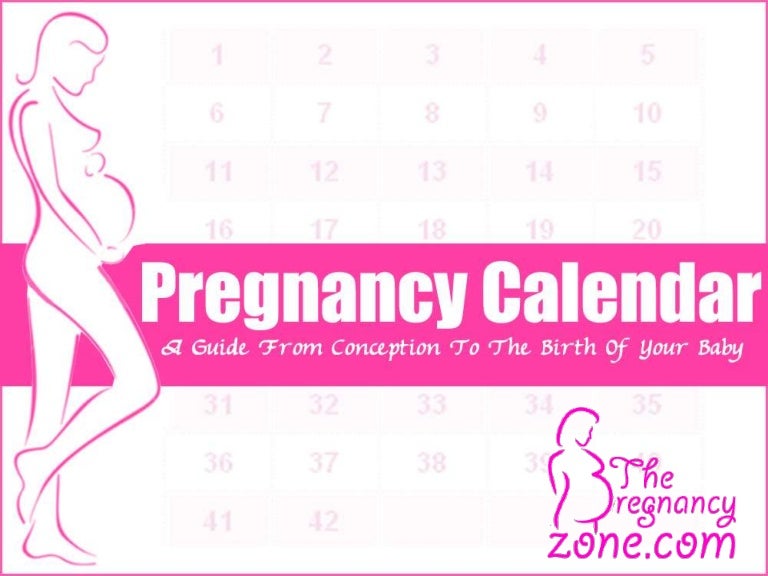 Sperm can live for up to five days inside your fallopian tubes. So, it could be up to five days after you have sex that you release an egg (ovulate) and it gets fertilized by a waiting sperm. That's the day you conceive.
Sperm can live for up to five days inside your fallopian tubes. So, it could be up to five days after you have sex that you release an egg (ovulate) and it gets fertilized by a waiting sperm. That's the day you conceive.
So, without knowing the day of conception, how does anyone determine a due date?
First day of your last period
The most common way to calculate your pregnancy due date is by counting 40 weeks from the first day of your last menstrual period (LMP). And that's how most healthcare providers do it.
If your menstrual cycle length is the average length (28-day cycle), your menstrual cycle probably started about two weeks before you conceived. This explains why pregnancies are said to last 40 weeks instead of 38 weeks.
This method doesn't take into account how long your menstrual cycle actually is or when you think you might have conceived. But generally speaking, women typically ovulate about two weeks after their menstrual cycle starts. And women are more likely to know when their last period started than the day they ovulated.
Conception date
If you do happen to know precisely when you conceived – say, if you were using an ovulation predictor kit or tracking your ovulation symptoms – you can calculate your pregnancy due date based on your conception date. Just choose that calculation method from the pulldown above and put in your date.
Note: Again, you don't necessarily conceive on the day you have sex.
IVF transfer date
If you conceived through IVF, you can calculate your due date using your IVF transfer date. If you had a Day 5 embryo transfer, count 261 days from your transfer date. If you had a Day 3 embryo transfer, count 263 days.
Can my due date change?
Your healthcare provider might revise your due date if your baby is measured during a first trimester ultrasound scan and found to be much bigger or smaller than expected for gestational age. This is more likely to happen if you have an irregular menstrual cycle length that makes it hard to pinpoint the date of conception.
Your healthcare provider will measure your baby during that ultrasound exam to figure out how far along your baby is and then provide you with a new due date.
What if I already know my due date?
If you already know your due date, you can use this calculator to see your pregnancy timeline. It will tell you when you'll hit various milestones, and when you may be due for prenatal tests and prenatal visits. You'll also find what your baby's sign and birthstone will probably be and which famous people were born on your due date.
How likely am I to give birth on my due date?
Of course, a due date calculation is always approximate, whether it's from our tool or from your doctor or midwife. Only 1 in 20 women delivers on their due date. You're just as likely to go into labor any day during the two weeks before or after.
Want more information about how the weeks, months, and trimesters of pregnancy are counted? See our pregnancy timing chart.
How soon can I take a pregnancy test?
With all this talk about pregnancy due dates, you may be wondering when you can take a pregnancy test.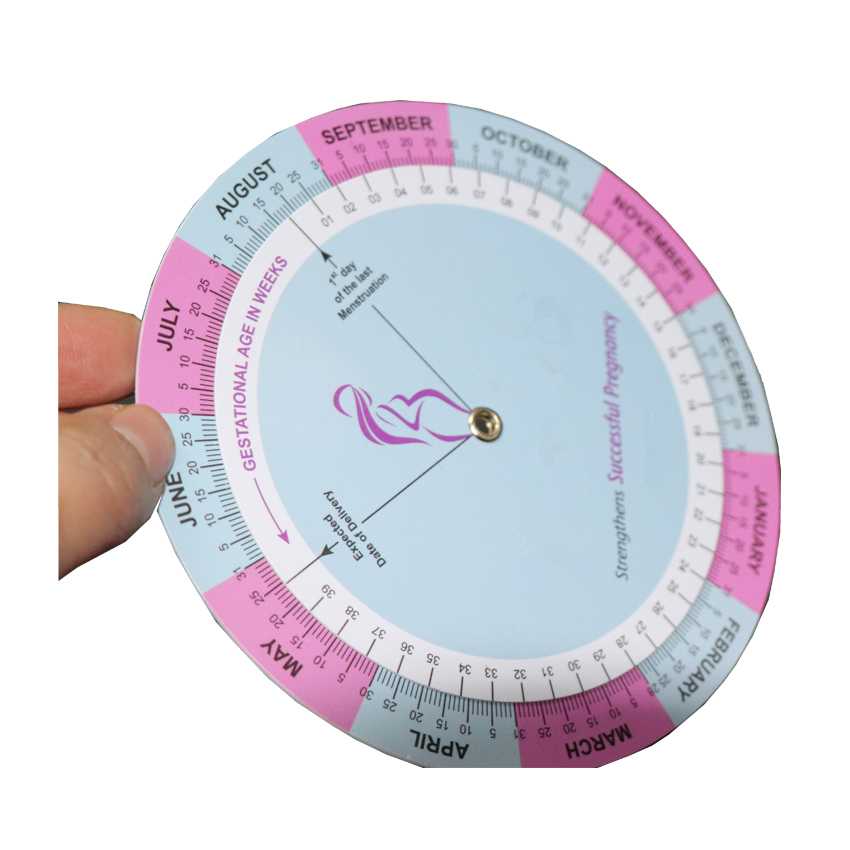 To ensure you get the most accurate reading, it's best to wait a few days after your missed period to take a pregnancy test.
To ensure you get the most accurate reading, it's best to wait a few days after your missed period to take a pregnancy test.
At-home urine tests measure the amount of hCG (human Chorionic Gonadotropin) present in your body. If you take a pregnancy test before you miss your period, you may not get an accurate result, despite what some tests advertise.
If you're getting a blood test in your provider's office, you may get results sooner. These tests also measure the amount of hCG in your bloodstream, but they're more sensitive than at-home urine tests. Blood tests may be able to detect pregnancy six to eight days after ovulation.
Read more
- Your pregnancy, week by week
- Your first trimester pregnancy checklist
- Pregnancy Weight Gain Calculator
- Ovulation Calculator
- See all tools
Ovulation calendar. Calculate the period favorable for pregnancy using the online calculator
Weekdays: 07:30 - 19:30 Close: 08:00 - 15:00
+7 (4842) 279 800
House calls
Appointments
- Services
- Analyzes
- Services
- Analyzes
- About Us
- Doctors
- Programs
- Reviews
- Blog
- Shares
- Therapy
- Obstetrics and gynecology
- Dermatology
- Endocrinology
- Pediatrics
- Allergology-immunology
- Cardiology
- Neurology
- All services
- Test panels and examination algorithms
- Narcotic substances
- Drug monitoring
- Comprehensive genetic testing
- Mite research
- Histological studies
- All tests
- Main page
- Ovulation and conception calendar by day
- Aibolit Medical Center
- Services
- Programs of the medical center "Aibolit"
- Promotions and special offers of the medical center "Aibolit"
- Pass tests at the medical center "Aibolit", Kaluga
- Doctors of the medical center "Aibolit"
- Blog
- Reviews
- Ovulation and conception calendar by day
Thank you for your feedback
Irina Lich.
Apr 4 2022
A small medical center in the city center. A little cramped, but this does not affect the overall impression. Leading the reception are excellent professionals. I especially want to note M ...
Read more
burenichevatamara
Feb 26 2022
Visited "Aibolit" today for the first time. Very satisfied. Clean, cultured, polite. Was at the appointment of Dr. Zinovieva N.P. A wonderful specialist ...
Read more
Irina Deda
11 Dec. 2021
The second time I visit this clinic and it is always a pleasure to see and be surprised by the smiling and polite people that work there. They do anal quickly and efficiently...
Read more
Daria
2020
We often visit this center. Good lab. Administrators are pleased with the ability to communicate with patients and know their job. We go to the doctor Teplov. Compet ...
Read more
Katerina Sh.
March 04, 2020
Good clinic.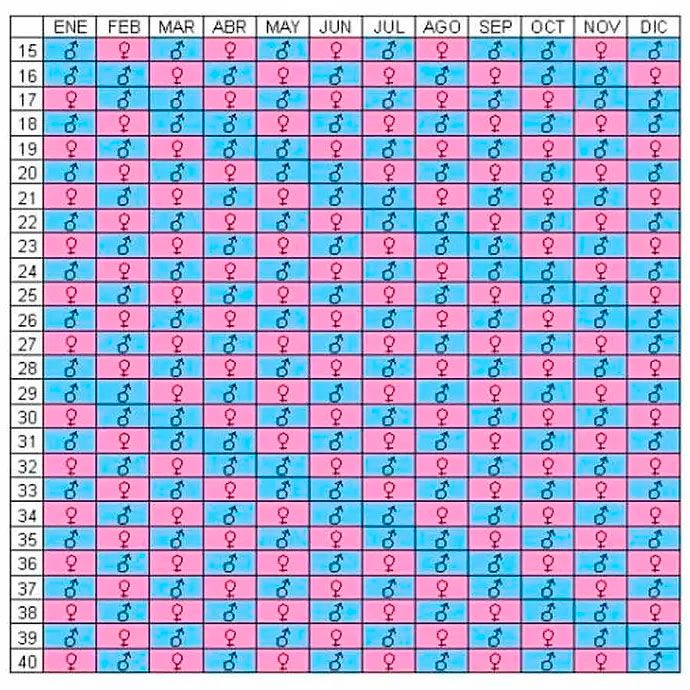
Read more
Leave feedback to the medical center
Child gender calculator
On this page we present the most popular methods among the people. Of course, these methods are not based on serious scientific developments and do not give a 100% guarantee, so it makes sense to perceive such calculations more as entertainment.
The birth of a child is always a miracle. Whoever is born: a boy or a girl, for the parents it will be the most beloved person in the world. And yet, most potential mothers and fathers, planning the birth of a baby, would not refuse the opportunity to "program" the sex of the unborn child.
Calculation of the sex of the unborn child
Husband's Age
Age of the wife
Month of ConceptionJanuaryFebruaryMarchAprilMayJuneJulyAugustSeptemberOctoberNovemberDecember
Do you have children together?NoBoyGirlBoy and girlTwo boysTwo girls
Does the spouse have siblings? NoBrotherSisterBrother and sisterTwo brothersTwo sisters
Intensity of sexual life 1-2 times a week More often than 2 times a week Less than once a week
Your diet is dominated by Dairy products, vegetables and nuts Meat, mushrooms, potatoes, pickles Mixed diet
You will most likely have:
-
Chinese calendar
This calculator is based on the famous Chinese table and allows you to calculate the sex of the child by the date of conception and the woman's age. On our own behalf, we can add that the administration of the Nova Clinic website tested the effectiveness of the method by calculating the sex of children born in our center, and in most cases, oddly enough, received the correct answer from the calculator.
On our own behalf, we can add that the administration of the Nova Clinic website tested the effectiveness of the method by calculating the sex of children born in our center, and in most cases, oddly enough, received the correct answer from the calculator.
Enter the number of completed years between 18 and 55
Calculation of the sex of the unborn child
Mother's age18192021222324252627282930313233343536373839404142434445
Month of ConceptionJanuaryFebruaryMarchAprilMayJuneJulyAugustSeptemberOctoberNovemberDecember
You will most likely have:
This technique, which appeared in the second half of the 20th century, is based on the assertion that spermatozoa carrying the male Y chromosome are more mobile, but less viable. At the same time, germ cells that carry the X chromosome move more slowly, but at the same time they can survive in the female body for a longer time.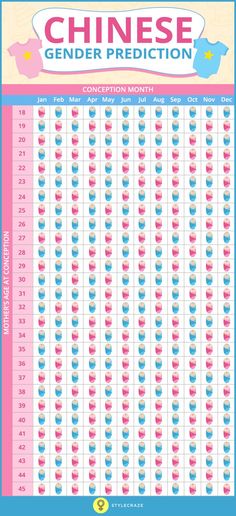 Thus, if sexual intercourse occurs at the time of ovulation, the probability of having a boy increases, if a girl is born a long time before it. In addition, the change in the vaginal environment plays a role, which gradually changes from alkaline to acidic (that is, more aggressive and harmful to spermatozoa with the Y chromosome).
Thus, if sexual intercourse occurs at the time of ovulation, the probability of having a boy increases, if a girl is born a long time before it. In addition, the change in the vaginal environment plays a role, which gradually changes from alkaline to acidic (that is, more aggressive and harmful to spermatozoa with the Y chromosome).
It is believed that an active sexual life of spouses contributes to the conception of a son, and a more moderate one - to a daughter. We proceed from the fact that spermatozoa with a Y-chromosome are less tenacious. Thus, in the ejaculate of a man after prolonged abstinence, there is a greater number of spermatozoa with the X chromosome. In addition, rare sexual intercourse contributes to a decrease in sperm motility (which is why spermogram delivery requires some preparation, in particular, abstinence for no more than a week), which means that the chances that sperm carrying the X chromosome will be the first to reach the eggs increase even more.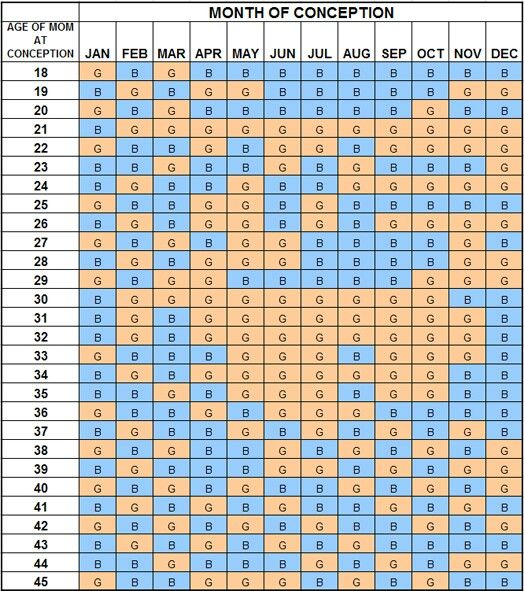
-
French Diet
It was the experts from France, Jacques Laurent and Joseph Stolkowski, who came to the conclusion that the diet can have a direct impact on the likelihood of conceiving a female or male child. As a result of the research they have developed a special diet. According to this method, in order to conceive a girl, it is required to eat onions, eggplants, cucumbers, beets, carrots, green peas, capsicum, nuts and dairy products for at least 2 months before the alleged conception. Accordingly, those couples who dream of an heir should focus on meat dishes, mushrooms, potatoes and tropical fruits. In other words, in the first case, the body should receive a maximum of calcium and magnesium, in the second - sodium and potassium. According to unverified data, the effectiveness of this method is about eighty percent.
How to calculate the sex of the child "by the stars"? If you are planning the birth of a daughter, then at the time of conception, the Moon should be in any of the so-called female zodiac signs (Pisces, Taurus, Cancer, Virgo, Scorpio, Capricorn).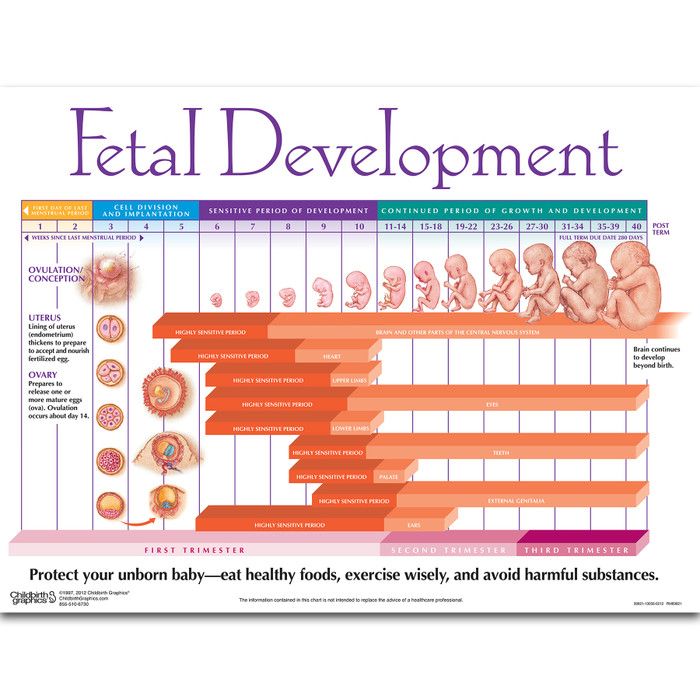 Accordingly, if you dream of a son, wait until the Moon is in Aries, Gemini, Leo, Libra, Sagittarius or Aquarius.
Accordingly, if you dream of a son, wait until the Moon is in Aries, Gemini, Leo, Libra, Sagittarius or Aquarius.
If you believe the creators of this technique, then in the human body there is a cyclic renewal of blood, which has a direct impact on the sex of the unborn baby. Moreover, in men, the blood is updated every four years, and in women - once every three years. The calculation assumes that one of the parents, whose blood at the time of conception will be “younger”, will “transmit” their gender to the child. By the way, if a woman has a negative Rh factor, the result should be interpreted exactly the opposite. To find out the result, divide the age of a woman by 3, men - by 4. The authors also suggest taking into account the dates of serious blood loss (surgery, bleeding), and in this case, the countdown should be from this moment. It is logical to assume that sometimes the results of division may coincide. In this case, the authors state, you will have twins.
-
Medical methods
You can also determine the sex of the child using purely medical methods. However, these studies have nothing to do with forecasting and "programming". The most common and accurate is the determination of the sex of the child by ultrasound - after 20 weeks, in most cases, the doctor will be able to give you accurate information. Recently, a method is also gaining popularity that allows you to find out the sex of the child after the 7th week of pregnancy by analyzing the blood of a pregnant woman. The study is based on the fact that the mother's blood contains a small amount of fetal DNA, and if Y chromosomes are found, it can be argued that a boy is expected. During the IVF cycle, PGD can be performed - preimplantation genetic diagnosis. This method allows you to test embryos for the presence of certain chromosomal abnormalities and find out the sex of the unborn child. If there are sex-linked hereditary diseases in the family, embryos of only a certain gender are transferred into the uterine cavity. However, Russian law prohibits the choice of the sex of the child in the absence of medical indications.
However, these studies have nothing to do with forecasting and "programming". The most common and accurate is the determination of the sex of the child by ultrasound - after 20 weeks, in most cases, the doctor will be able to give you accurate information. Recently, a method is also gaining popularity that allows you to find out the sex of the child after the 7th week of pregnancy by analyzing the blood of a pregnant woman. The study is based on the fact that the mother's blood contains a small amount of fetal DNA, and if Y chromosomes are found, it can be argued that a boy is expected. During the IVF cycle, PGD can be performed - preimplantation genetic diagnosis. This method allows you to test embryos for the presence of certain chromosomal abnormalities and find out the sex of the unborn child. If there are sex-linked hereditary diseases in the family, embryos of only a certain gender are transferred into the uterine cavity. However, Russian law prohibits the choice of the sex of the child in the absence of medical indications.